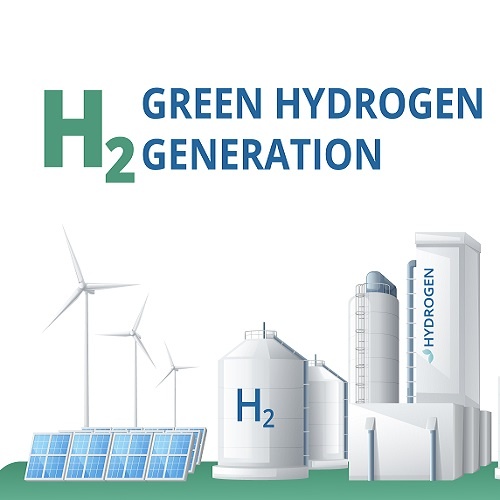Researchers at MIT-WPU have devised an innovative method to produce hydrogen using sugarcane juice and microorganisms, offering a sustainable solution that also transforms CO₂ into acetic acid. This environmentally friendly approach supports India’s Green Hydrogen Mission and holds transformative potential for the sugar industry.
The initiative is being led by a team comprising Sagar Kanekar, Bharat Kale, Anand Kulkarni, Professor Niraj Topare, Santosh Patil, Dev Thapa, Biswas, and Ratnadip Joshi.
The university has developed a unique process to generate hydrogen from sugarcane juice using microorganisms, which also convert carbon dioxide into acetic acid, making it more sustainable. A patent has already been submitted for this technology. This project proposal has been submitted to the Ministry of Non-Conventional Energy (MNRE) for funding, according to the research team.
Dr Bharat Kale, emeritus professor and director of Material Science [COE]s said, “The university’s bioprocess operates at room temperature using sugarcane juice, seawater, and wastewater, contributing to global efforts to reduce hydrogen costs to $1/kg. We are seeking industry partners for lab-scale development and eventual technology transfer.”
Sagar Kanekar added that work is also ongoing in the area of hydrogen storage, specifically using Metal-Organic Frameworks (MOFs), which are being extensively studied for both hydrogen storage and carbon dioxide capture. The university plans to assist industries in scaling up this technology, aiming for commercial readiness within a year.












